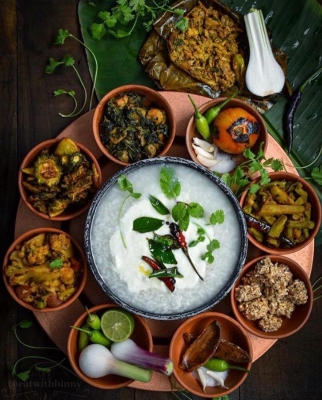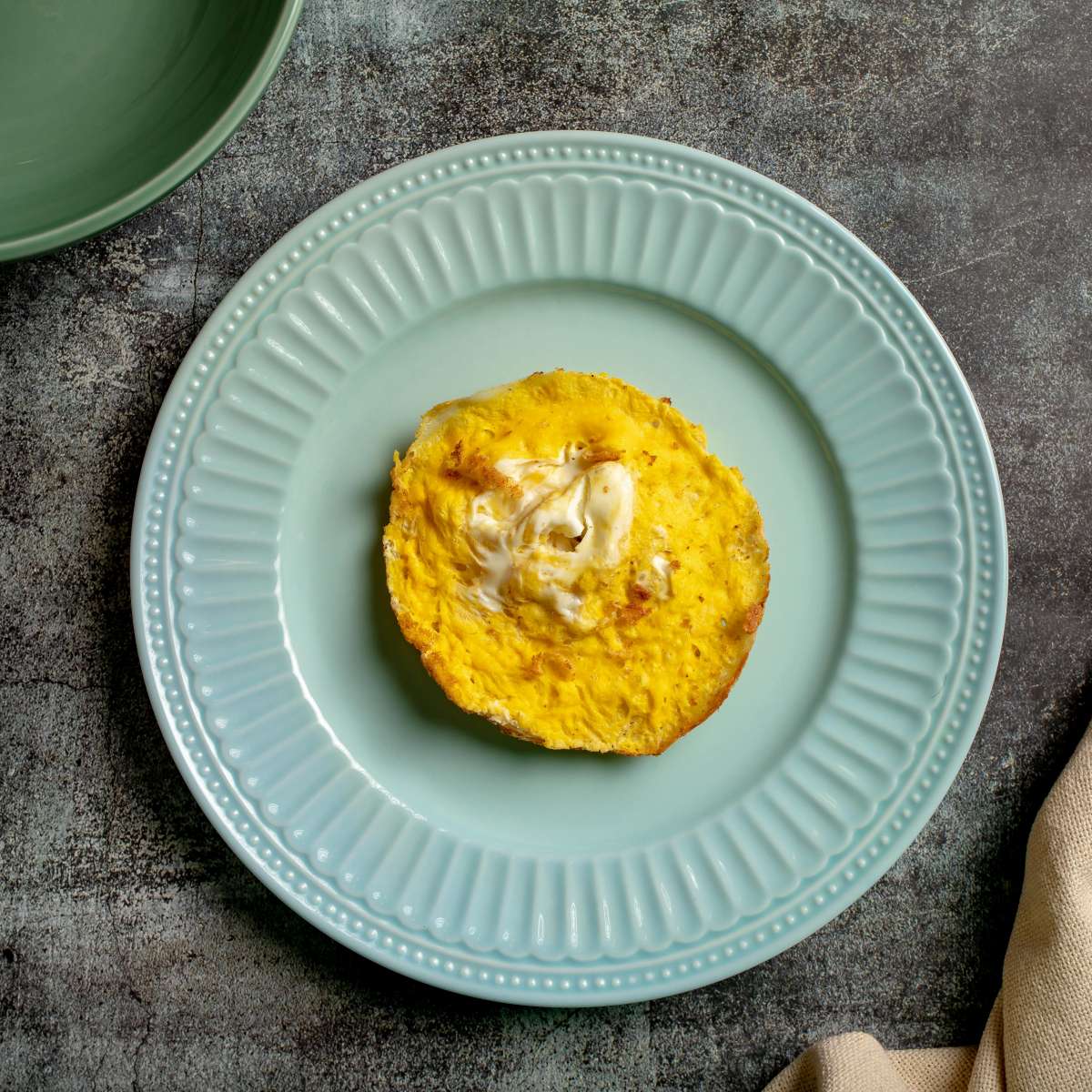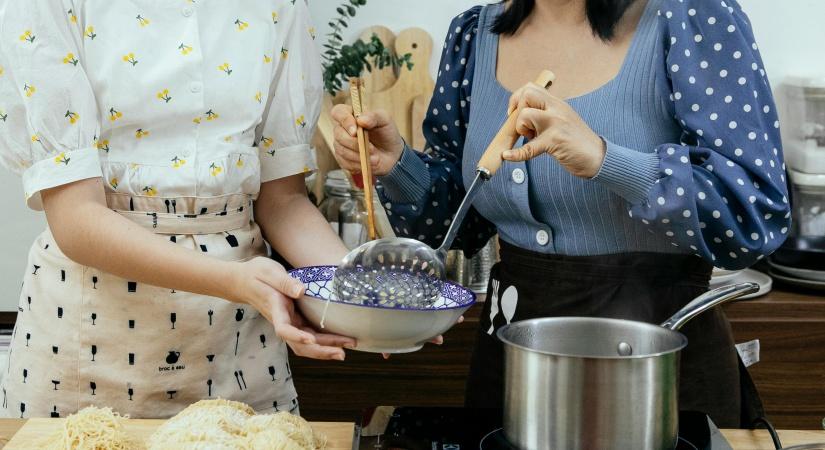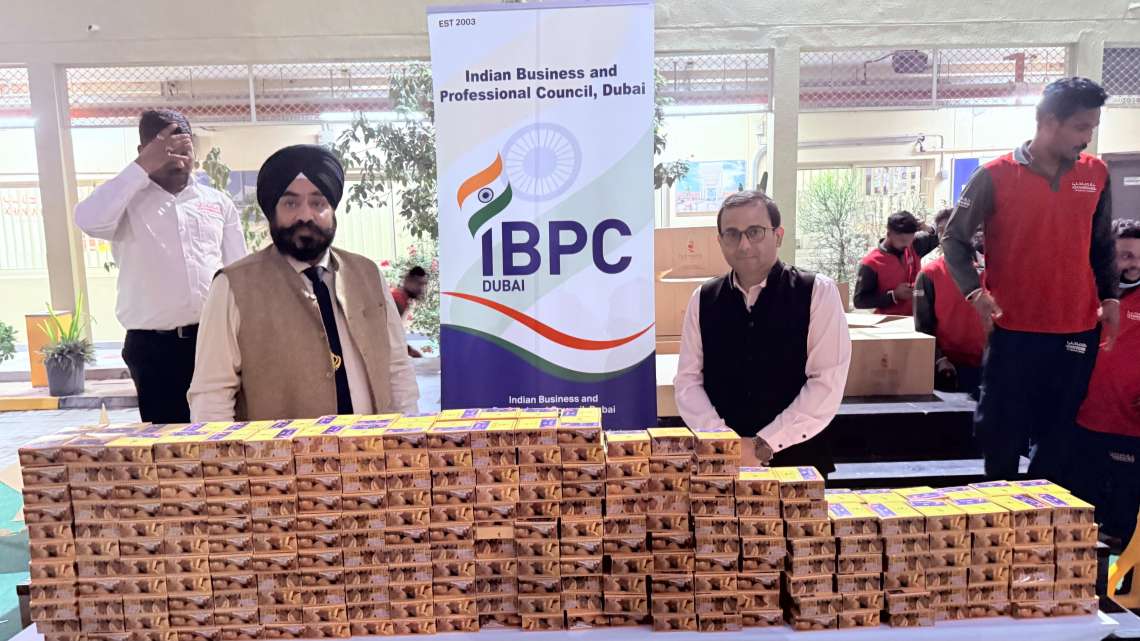Pakhala can actually be mentioned as one of the traditional dishes of Eastern India, with the dish being included as part of the daily diet for as long as one can remember…reports N. Lothungbeni Humtsoe
India is one nation that is known across the world for its lip-smacking and diverse cuisines including the likes of chicken tikka, butter chicken, dosa, and chole bhature. Take any part of the country and you will see how different spices and other food ingredients are blended in a manner to give each dish its own characteristic taste and flavour. While the various curries, chaat items, and other Indian savory dishes are renowned over the world, Eastern India also possesses a long list of delicious dishes for foodies to try. What’s better is that some of these mouth-watering food items are so easy to cook. Let’s take a look at some of them:
Santula
Santula is one of the most popular and easy-to-cook vegetable dishes originating from the Odisha state in eastern India. The flavoursome steamed vegetable curry can be either fried, ‘BhajaSantula’, or boiled, ‘Sijha Santula’, as per the requirements. The ingredients for Santula include brinjal, potatoes, papaya, tomato, and pumpkin, which are first boiled together. The mixture is then added to green chilies, diced onion, and a whole spice blend of Panch Phoran. What’s important to know is that the ingredients are cooked in raw milk, and can be prepared in around 40 minutes which includes 10 minutes of prep time.
Dalma
Another common dish originating out of Odisha is the delicious mixed vegetable dal-based curry known as Dalma. The dish gets so much love from the people of the state that it is also served as a part of the Chappan Bhog at the Jagannath Temple in Puri. The scrumptious curry is actually made out of a variety of vegetables that are simmered alongside dal. The easy-to-cook lunch meal is made from nutritious split chickpeas which are cooked with potatoes, papaya, and other spice mixes before being served with steamed white rice. The cooking time of Dalma ranges from one hour to one hour and 10 minutes, including a prep time of 10 minutes.
Pakhala
Pakhala can actually be mentioned as one of the traditional dishes of Eastern India, with the dish being included as part of the daily diet for as long as one can remember. Another dish to be first introduced in Odisha, Pakhala was included in the recipe of Lord Jagannath Temple of Puri. In fact, the dish is so popular that March 20 is celebrated in Odisha as Pakhala Dibasa every year. It is consumed mainly in the summers and is made out by adding water to cooked rice, in three ways – fermented, fresh, and with curds. Pakhala is prepared using rice, curd, cucumber, cumin seeds, fried onions, and mint leaves, which are then served with dry roasted vegetables.
Ghanta
The easy-to-cook and celebratory dish of Ghanta is actually a variety of vegetables that are cooked along with soaked pulses. The word ‘Ghanta’ itself means ‘mixed’, with regard to mixed vegetables. In Odisha, Ghanta Tarkari is basically ‘Ghanta’ (mixed vegetables), and Tarkari, which translates to curry. The specially mixed vegetable curry is traditionally made with Indian vegetables that are not so easily available throughout the year.
Besara Aloo Bhaja
Another very easy-to-make dish that is very popular among the Odia people is the Besara Aloo Bhaja. The Aloo Besara Bhaja is made by soaking mustard seeds, dry chili, and cumin seeds in half a cup of water before being kept aside for at least 15 minutes. It is then followed by peeling off the outer layer of the drumstick, also popularly known as Chhuin in Odisha. The drumsticks are then cut into pieces before being washed together with sliced potatoes. It is then added to a fine paste of mustard seed, dry chill, turmeric powder along with salt, a cup of water, and cooked.
ALSO READ-Healthy food choices on exam days













